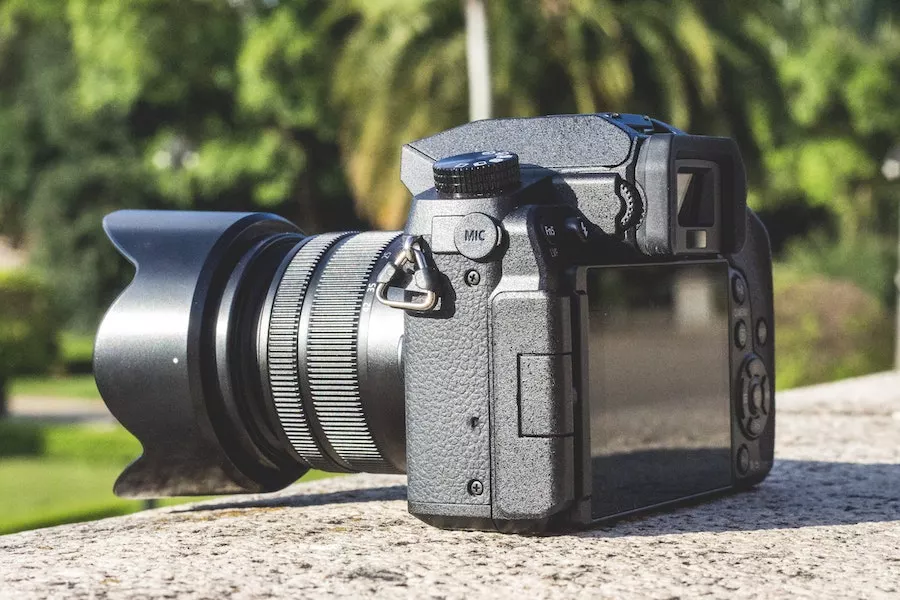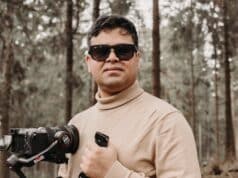
Shopping for the camera takes time and effort. There are thousands of models in the market. So, finding the right one is a challenging task.
Which camera will be the best for YouTube? How to find a camera for shooting portraits? Which option will shoot landscapes as well as portraits? And it’s only a portion of the most popular questions. We asked experts from Howly how to find a camera for any occasion. They told us key parameters you should look for when choosing the camera. Let’s take a closer look at them.
5 Key Specs When You Choose The Camera
These 5 factors are universal for every budget and type. Stick to them, and you will find a comfortable camera that perfectly suits YOUR needs.
The Size That Suits Your Habits
Choose the camera that will be comfortable for you. Portrait photographers prefer DLRS, sport and wildlife journalists like M3/4, and most bloggers are OK with compact or bridge cameras.
Availability of Various Spare Lenses
Check the market for spare lenses if you choose the interchangeable camera. Are there enough lenses for you? Are they in your price range? You can skip this step if you choose a camera with fixed lenses.
Sensor Size
It’s one of the most crucial specs. With the large sensor, you will get better image quality even in extra low light. Also, you will be able to customize the background blur. Here are the three primary lenses on the market:
- 1 inch or less — it’s a small option for budget compact cameras.
- APS-C — excellent sensor for mirrorless, compacts, and some DSLRs.
- Full Frame — pro-option that you can find in advanced mirrorless, compacts, and DSLRs.
The APS-C sensor is an excellent choice for most enthusiasts. You can find budget-friendly options which make great photos.
Available Budget
Prices on digital cameras may vary from $100 up to $3000. Buying used devices can save you some money. If you have a choice between purchasing a decent used device or an outdated new camera, choose the first option.
But be careful! DSLR cameras have limited “shutter life” depending on the number of photos taken. It varies on the model. Find this number before buying used tech. Ask the seller how many shots they already take with this camera. If the device has only 20-40% of “shutter life,” don’t rush to buy it. Look for better options.
Video Performance
Digital cameras are a great choice for shooting vlogs and even amateur movies. Look for those features in your next device:
- Frame rates. 24FPS and 30 FPS (frames per second) are standard options. 60FPS and 120 FPS are advanced options for a smooth picture.
- Resolution. Look for at least FullHD (1080p). It’s the modern standard. It will be great to buy an UltraHD camera (4K). Don’t rush to buy 8K cameras. There are still not enough devices to watch videos with this resolution.
- External microphone output. Use an external mic to get the most incredible audio quality.
- Image Stabilization. It is an essential feature if you want to film without a tripod or Steadicam.
Types Of Cameras
There are 6 main camera types. It’s crucial to find which one will be better for you. Think about what you want from this device, which size you prefer, lens interchangeability, budget, and other settings. It will help you to find the camera type that will be the best option for you.
DSLR
DSLR is the acronym for Digital Single Lens Reflex. It’s a popular option both for enthusiasts and professionals. Excellent battery performance and interchangeable lenses can customize the same camera from the “newbie style” to the “professional camera” in a few minutes.
A DSLR camera has a mirror that directly reflects any light from the lens to the viewfinder. When you take the image or shoot the video, that mirror flicks up, redirecting that light to the sensor.
The main disadvantage of a DSLR is its size. Those cameras are big, heavy, and don’t have the best autofocus on the market. That’s why it’s a primary choice for professionals and enthusiasts who want to become an expert in filming.
Mirrorless
Those cameras don’t have a mirror system, like DSLR options. It makes them lighter, so they could be a great travel option. You can find fixed or interchangeable lenses. If you like to experiment with genres, we recommend you look for interchangeable options.
This camera has no mirror, so the light will always pass straight through the lens to the sensors.
The main disadvantage of mirrorless cameras is their poor battery life. It’s less than half of the DSLR options. Basically, a mirrorless camera is a mini-computer that constantly explores the environment and finds the best shooting settings.
Micro Four-Thirds Cameras
This camera type is also called MFT, Micro 4/3, or M4/3. It’s a mirrorless camera but with another sensor size. Ergonomically speaking, this camera looks and feels like a mix of DSLR and mirrorless devices. It has the same recognizable shape as a DSLR but shrunk to the mirrorless camera size.
MFT devices are capturing less data on the photo, rather than the above options. It can be a disadvantage for someone who needs a wide dynamic range (differences between the dark and light parts of the picture).
But at the same time, wildlife or sports photographers are more likely to use MFT than any other version. M4/3 cameras have incredible capture speed. It’s the best choice for shooting moving objects like cars, wild animals, and planes.
Compact Cameras
These cameras are mainly used as day-to-day shooting options. They are often called “point and shoot” because you don’t have a lot of space to customize. But you will still get a good photo. Finding a compact camera with better image quality than your phone is a challenging task. Look for a RAW capture format, zoom lens, and improved night mode.
It has a compact body, which you can carry even in a small woman’s bag. The line between compact and mirrorless cameras is blurry, but you can still distinguish them. If you can change lenses, you have a mirrorless option. Compact cameras launch only with a fixed lens.
Bridge Cameras
Those cameras have a name that speaks for itself. They act like a bridge between the 2 most popular cameras. They are styled like DSLRs but have fixed lenses and small sensors like compact cameras. They more likely have only an electronic viewfinder instead of an optical one.
They are an excellent all-in-one bundle for newbies and photo enthusiasts. They are also a fine budget-friendly choice for YouTubers who prefer to film live vlogs and “talking head” videos.
Action Cameras
They are small and often waterproof, so you can even film in the rain. It’s a good choice for bloggers that want to share a first-person perspective with their viewers. You can mount an action camera to your helmet or clothes or hold it in your hand.
We do not recommend you use it for photography. Usually, these cameras’ image quality is even worse than in upper-middle-class smartphones. It is also often distorted due to the signature fish-eye angle of view.
Final Thoughts
Choosing a camera is a challenging task. But when you find your needs, it will be much easier to find that one that will serve you for years. Choose the camera type, sensor size, availability of spare lenses, and video performance.
It will significantly facilitate the choosing process. After you find the optimal parameters, look for the cameras that suit your budget. To save money, you can also consider used options.








